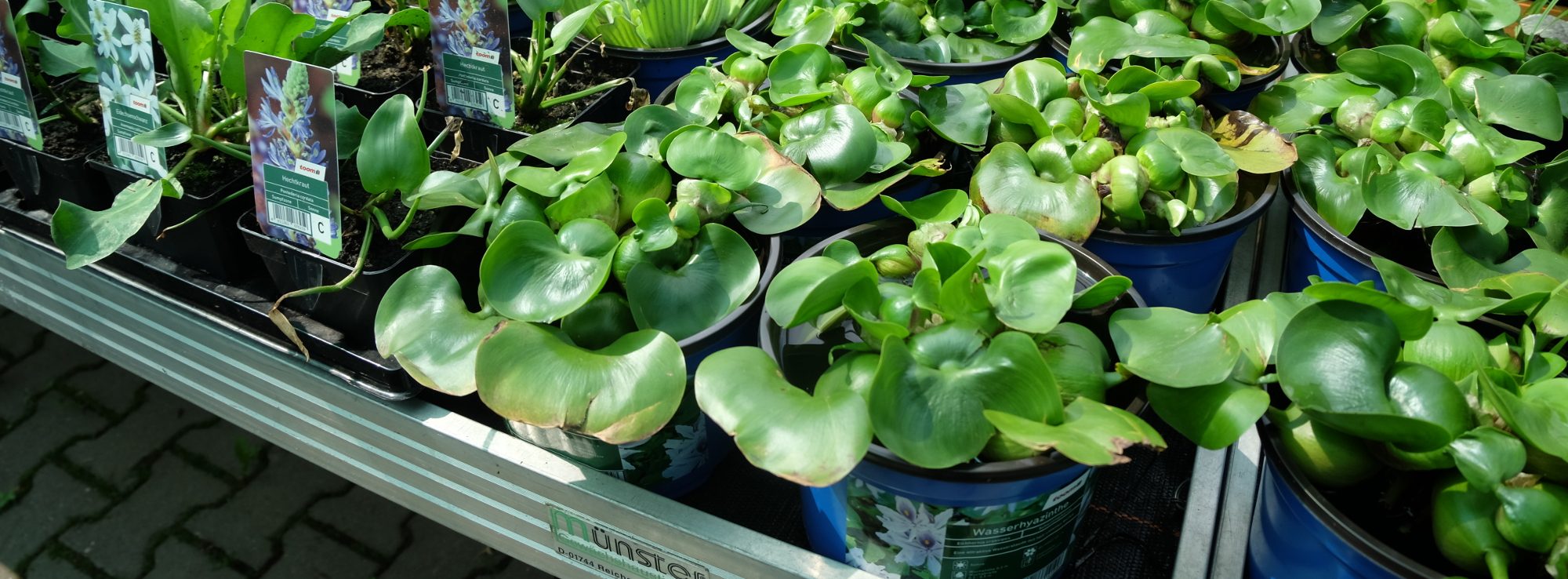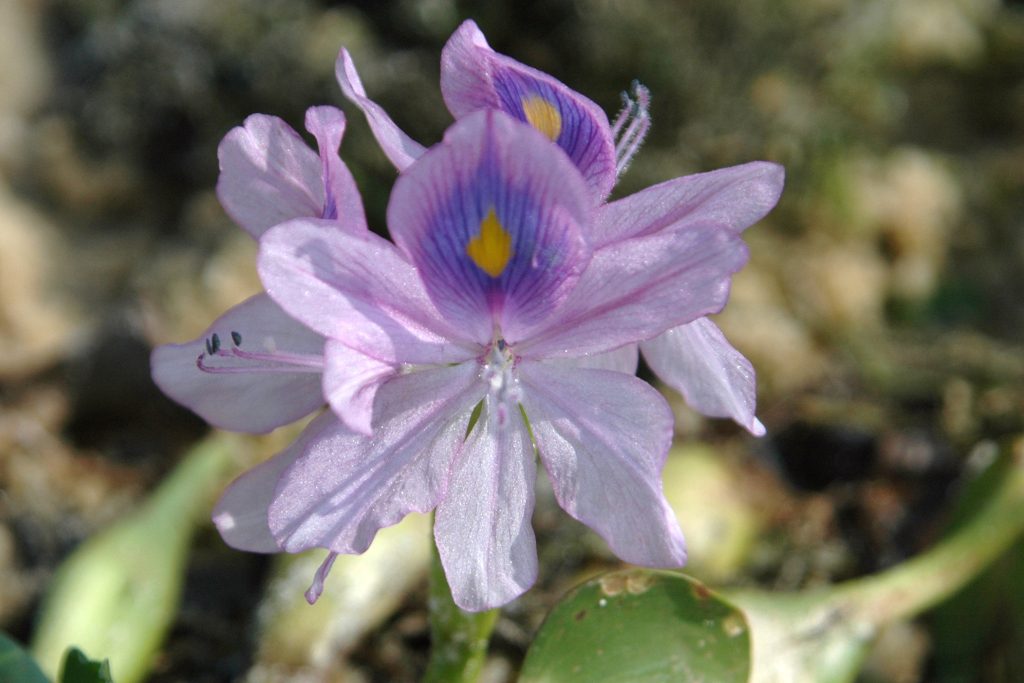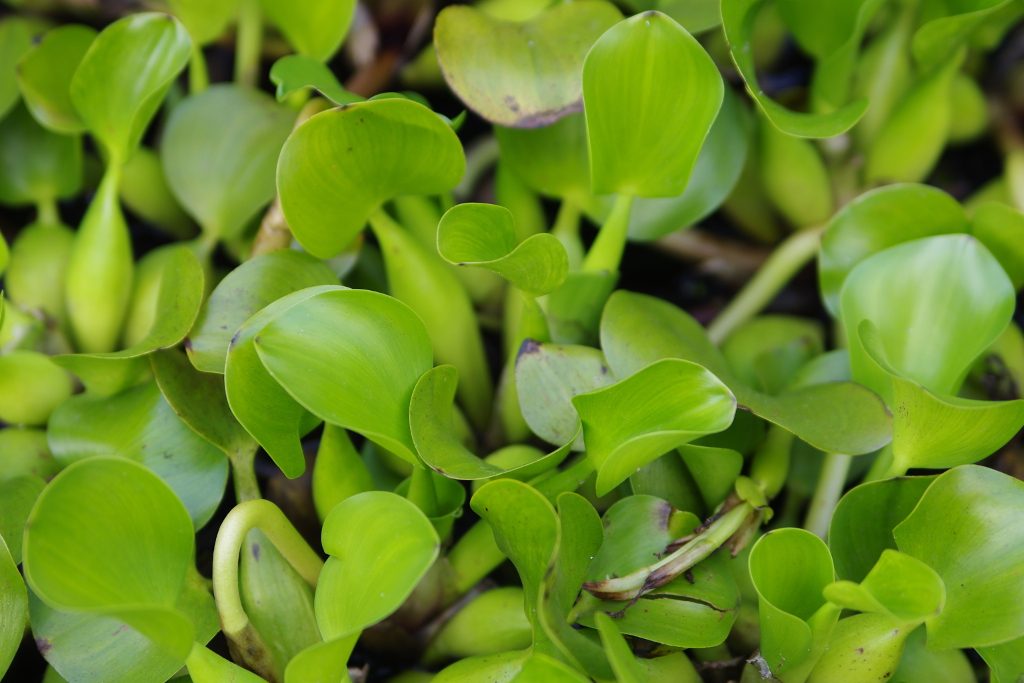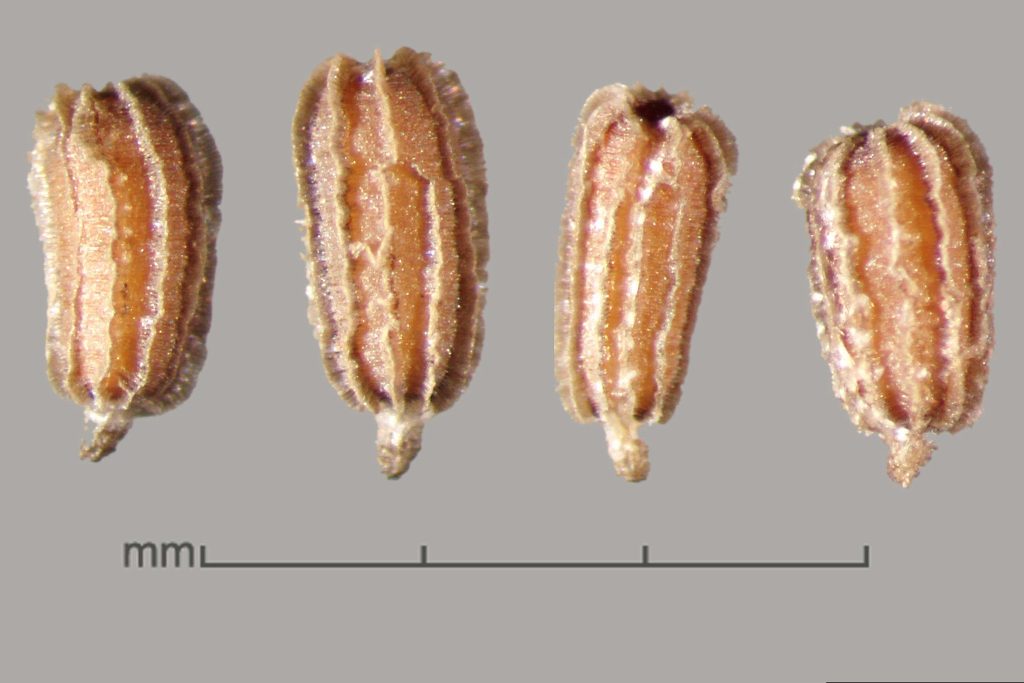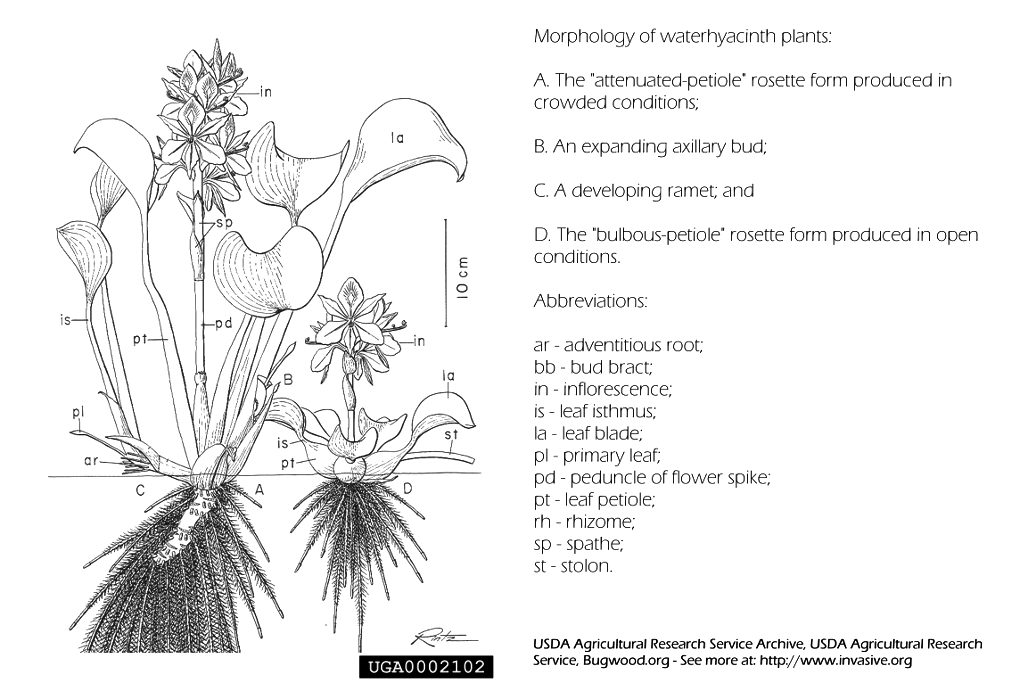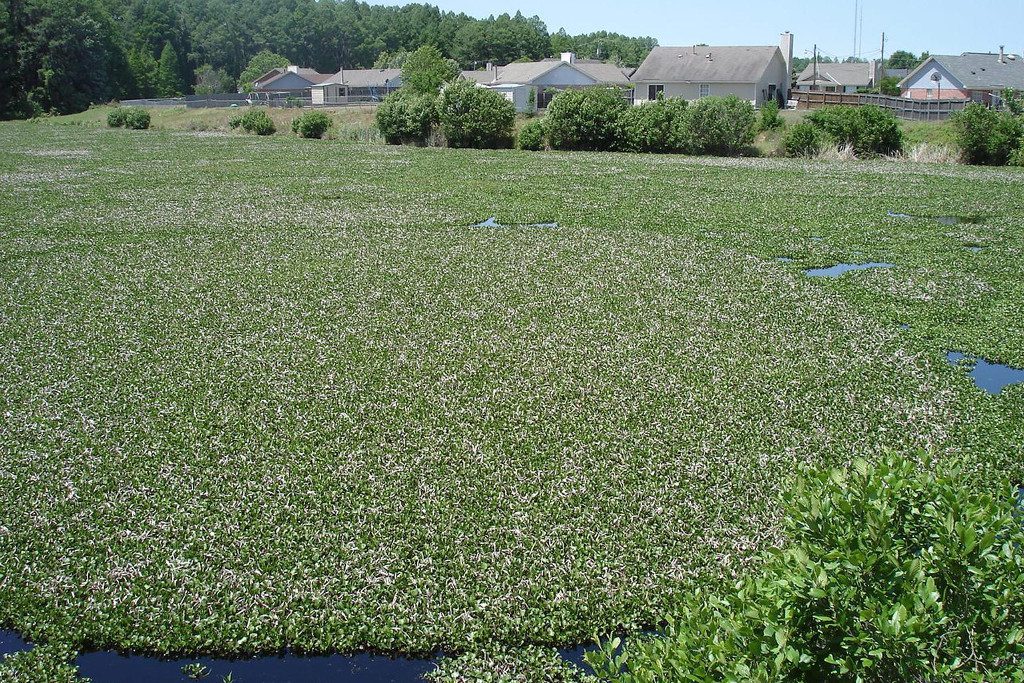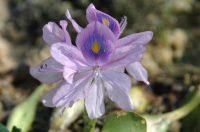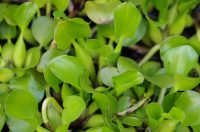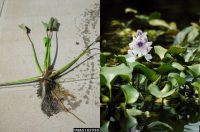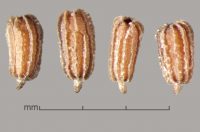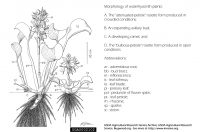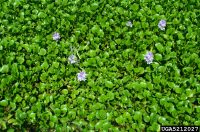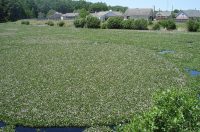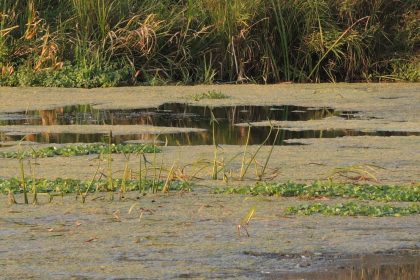BARRETT, S. (1980): Sexual reproduction in Eichhornia crassipes (Water Hyacinth) II. Seed production in natural populations. J. Appl. Ecol. 17. S. 113-124 A pdf
BRENDOCK, L. et al. (2003): The impact of water hyacinth (Eichhornia crassipes) in a eutrophic subtropical impoundment (Lake Chivero, Zimbabwe). II. Species diversity. Arch. Hydrobiol. 158. S. 389-405 W pdf
CABI: Eichhornia crassipes. Datasheet Invasive Species Compendium. Stand: 15.10.2015 A M W >>
EPPO (2008): Eichhornia crassipes. Data sheets on quarantine pests. Bulletin OEPP/EPPO Bulletin 38. S. 441-449 A M V W pdf
NEU! HUSSNER, A. et al. (2021): From introduction to nuisance growth: a review of traits of alien aquatic plants which contribute to their invasiveness. Hydrobiologia A M W >>
LANDESAMT FÜR UMWELTSCHUTZ SACHSEN-ANHALT (2009): Arzneistoffe in Zu- und Abläufen von Kläranlagen des Landes Sachsen-Anhalt – Untersuchungen zur Reinigungswirkung der Wasserhyazinthe Eichhornia crassipes im Nachklärteich der Kläranlage Zörbig 2007-2008. Fachinformation. Nr. 7/2009, 35 S. A W pdf
JAFARI, N. (2010): Ecological and socio-economic utilization of water hyacinth (Eichhornia crassipes Mart Solms). J. Appl. Sci. Environ. Manag. 14. S. 43-49 M W pdf
NEHRING, S. (2016): Die invasiven gebietsfremden Arten der ersten Unionsliste der EU-Verordnung Nr. 1143/2014. BfN-Skripten 438. 136 S. A B M V W >>
PLUMMER, M.L. (2005): Impact of invasive Water Hyacinth (Eichhornia crassipes) on snail hosts of Schistosomiasis in Lake Victoria, East Africa. Ecohealth 2. S. 81-86 G W pdf
RUIZ, T. et al.(2008): The Water Hyacinth, Eichhornia crassipes: an invasive plant in the Guadiana River Basin (Spain). Aquatic Invasions 3. S. 42-53 V pdf
UMWELTBUNDESAMT (2016): Eichhornia crassipes – Dickstielige Wasserhyazinthe. neobiota-austria.at. (abgerufen am 21.04.2020). A W >>
VILLAMAGNA, A. (2009): Ecological effects of Water Hyacinth (Eichhornia crassipes) on Lake Chapala, Mexico. PhD Thesis, Virginia Polytechnic Institute and State University, Blacksburg, Virginia, USA. 180 S. W pdf


